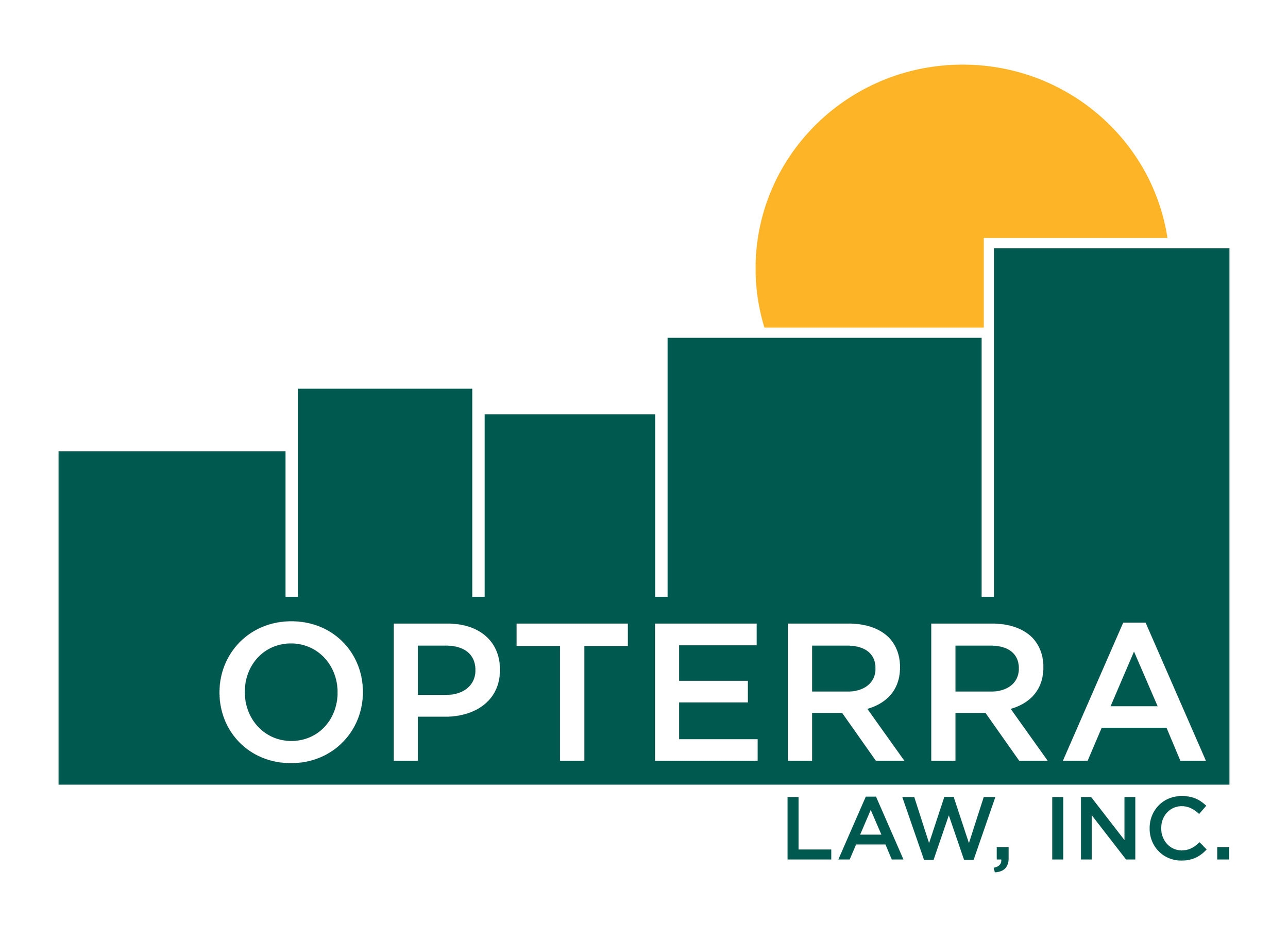SOMCAN v. City and County of San Francisco: The First Application of Sierra Club v. County of Fresno
South of Market Community Action Network v. City and County of San Francisco: Notwithstanding the new EIR standard in Sierra Club v. County of Fresno, the First District Court of Appeal upheld every component of the EIR for Forest City’s 5M development in San Francisco, rebuking petitioners for sloppy citations, briefing, and arguments.
In late December 2018, the California Supreme Court issued a decision in Sierra Club v. County of Fresno (2018) 6 Cal.5th 502, that many people anticipated would make it easier to challenge an EIR. Practitioners have been refining their practices to ensure compliance with CEQA and the new decision. Many have wondered how the decision will be applied going forward.
The first application of the new standard was published in South of Market Community Action Network v. City and County of San Francisco. The court universally upheld the EIR’s analysis, notwithstanding the new, potentially less deferential standard. In so doing, the court simultaneously applied a fairly developer-friendly reading of Sierra Club v. County of Fresno and rebuked petitioners for sloppy citations, briefing, and arguments.
Forest City proposed and entitled a mixed use project (the “5M Project”) at the intersection of Fifth and Mission in San Francisco. The project description included two possible options: an office-oriented scheme and a residential-oriented scheme, both with active ground floor uses, similar heights, and similar gross square footages. The EIR analysis focused on the office scheme because it included the largest development envelope and so provided a more conservative assessment of potential project impacts.
Project description. Petitioners argued that the project description was flawed because it included two alternative schemes. The court rejected this argument. The description fulfilled the requirements in CEQA Guideline 15124 and included the entirety of the project, rather than a portion of it. The court reasoned that by providing information on two alternatives, “[t]he project description here enhanced, rather than obscured, the information available to the public.” That the ultimate project was refined during the environmental review process did not matter. Indeed, the refinements reflect adjustments made pursuant to the CEQA process, which fulfills the statute’s purpose.
Cumulative impacts. Petitioners challenged the EIR’s approach to cumulative impacts. However, the EIR was adequate: it used both the summary of projections approach AND the list-based approach. The City then reviewed the list prior to EIR publication to ensure that it “remained representative of past, present, and reasonably foreseeable probable future projects.” Therefore, there was no flaw in the cumulative impacts analysis.
Traffic and circulation. Petitioners also challenged the analysis of traffic and circulation impacts, claiming that the study area was too small. The Court rejected this challenge, giving deference to the City’s methodology and choice of intersections via the substantial evidence test.
Shade and Shadow. Finally, Petitioners challenged the EIR analysis of shade and shadow impacts. The Court applied the Sierra Club v. County of Fresno test to this challenge and determined that petitioners “have not demonstrated the agency abused its discretion by omitting or failing to discuss those impacts, nor do they suggest the City’s discussion precluded participation or informed decision making.”
Petitioners’ sloppiness. It is worth noting that the Court repeatedly disparaged petitioner’s approach, arguments, and evidence, reminding practitioners to be thorough and careful. The court rejected inaccurate characterizations of public comments, noted petitioners’ failure to explain why a given case applied, critiqued the use of “a record citation, standing alone” as not sufficient “to raise a legal or factual issue;” and rejected contentions for “failure to cite pertinent legal authority.” The Court also noted petitioners’ failure to exhaust issues at the administrative level and refused to consider arguments raised for the first time in reply.
